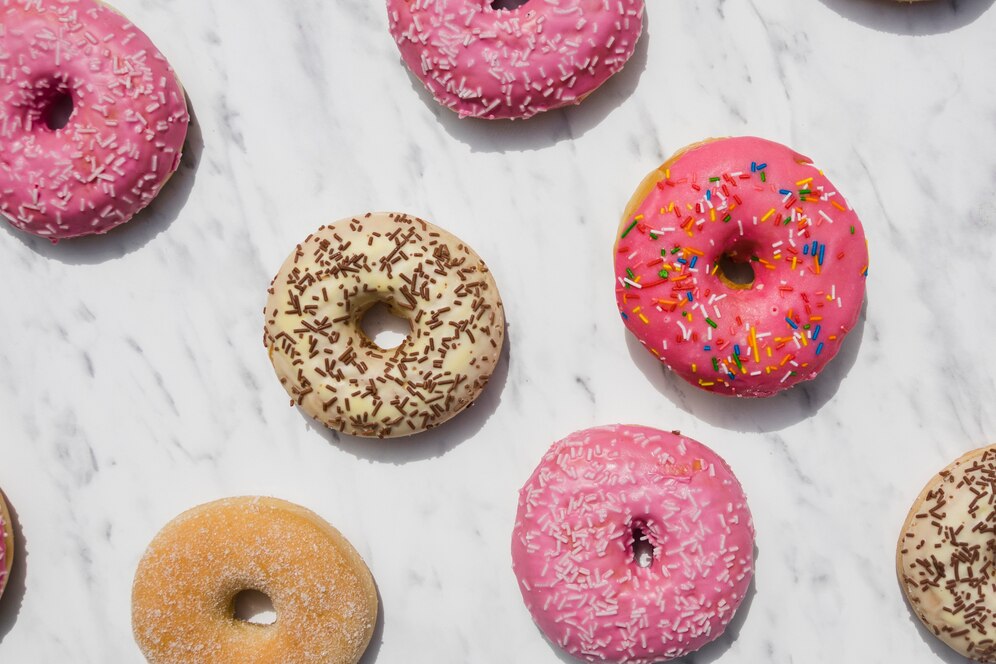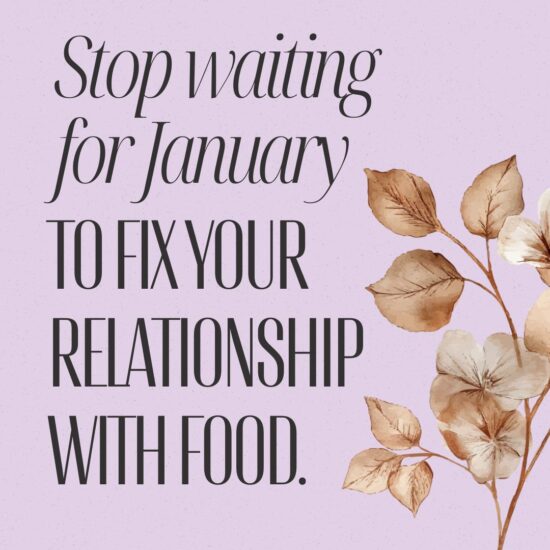Let’s be real: ultra-processed foods (UPFs) are not just “junk food.” That term is way too cute. We’re talking about a category of edible science projects that are sneakier than your ex, harder to quit than caffeine, and more destructive than a toddler with a Sharpie.
🚨 The Health Hazards: A Real-Life Horror Show
Ultra-processed foods are linked to everything but inner peace. According to a mountain of research (and your gut instinct), regular intake of UPFs cranks up your risk for:
- 💀 All-cause mortality (aka “death by snacks”)
- ❤️🔥 Heart attacks & strokes
- 🎗 Cancer (including breast cancer)
- 🍩 Type 2 diabetes
- 💣 High blood pressure
- 🫃 Fatty liver disease
- 💩 Inflammatory bowel diseases (think ulcerative colitis & Crohn’s)
- 😞 Depression (your serotonin is crying)
- 🩸 Crappy blood fat profiles
- 🧓 Frailty (yes, UPFs are out here messing with your grip strength)
- 🌀 IBS & indigestion
- 🧠 Dementia (your brain deserves better)
🍔 Why You Can’t Stop at Just One: UPFs Are Designed to Hook You
These foods are not “accidentally” addictive. They’re built like slot machines—flashy, fast, and designed to keep you coming back for more. Let’s talk ingredients and impact:
1. Food Matrix Murder
UPFs destroy the natural structure of real food. Soft, mushy, easy to swallow = faster consumption = less satiety. You’re full of food but starving for nutrients.
2. Calorie Grenades
They cram in sugar, fat, and salt, but leave out fiber and protein. Result? You eat more, feel less satisfied, and your blood sugar goes on a rollercoaster ride.
3. Nutrient Thieves
UPFs displace actual whole foods, especially in communities facing economic constraints. Less nutrition = more cravings as your body hunts for what it didn’t get the first time.
4. Flavor Lies
Your brain gets blasted with taste signals, but there’s no nutritional payload. It’s like a Tinder date who shows up with a totally different vibe IRL.
5. They’re Addictive AF
Let’s not sugarcoat it (actually, let’s): Studies show that highly processed combos of sugar + fat light up your dopamine system like slot machines or cocaine. Some people even go through withdrawal when they quit.
🧠 Research Note: Neurobiologist Rajita Sinha found that addictive cravings stem from disrupted dopamine signaling and impaired self-regulation circuits—yep, UPFs mess with those too.
6. Gut Sabotage
Emulsifiers, preservatives, and other additives throw your microbiome into chaos. Leaky gut? Chronic inflammation? Welcome to the UPF after-party.
7. Always Available, Always Tempting
From gas stations to yoga studios (why?!), UPFs are everywhere—cheap, convenient, and aggressively marketed like they’re the solution to your stress. Spoiler: they’re not.
8. Satiety Sabotage
Some additives delay or dull satiety hormones like leptin and ghrelin, so you keep eating even when your body’s whispering, “Please, girl, we’re done.”
🔥 What You Can Do
If you’re nodding along while holding a bag of cheesy puffs, no shame. Seriously. This is a designed addiction—not a personal failure. But here’s what we can do:
- Ditch the myth of moderation: For many of us, UPFs aren’t manageable. It’s not about willpower. It’s about brain chemistry.
- Prioritize real food, even if imperfectly: Unprocessed food satisfies your body and quiets the biochemical chaos.
- Create a UPF-free zone at home: Environment matters. Make it easier to reach for what truly nourishes you.
💬 Final Word
You’re not “bad” at food. You’re trying to function in a world where the most addictive substances are legal, cheap, and encouraged. UPFs are the cigarettes of this century—except you have to eat something to survive.
So choose food that loves you back. Not food that ghosts you after the high.




